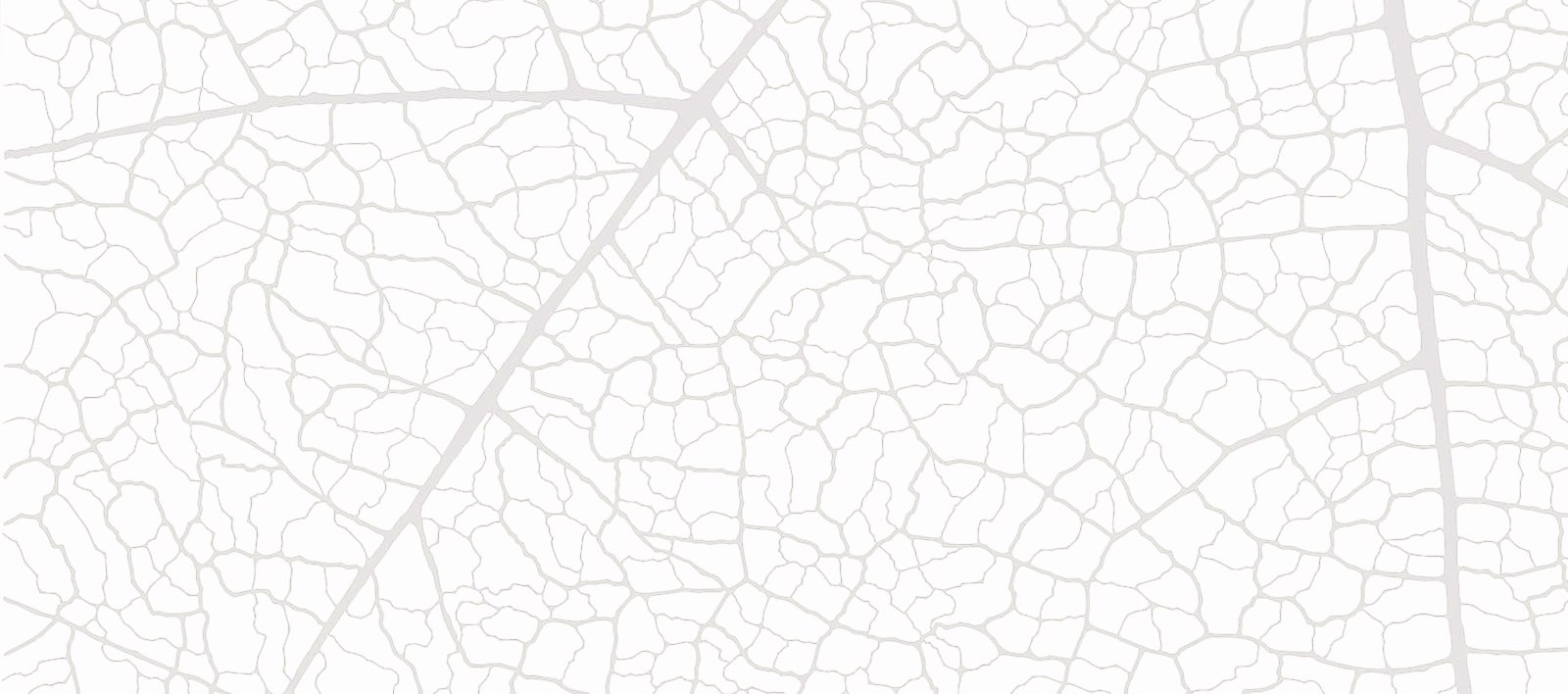
Traditional Varicose Vein Surgery
The technique for removing defective varicose veins (“stripping”) is based on the Babcock principle (Philadelphia surgeon, 1872-1963), who pioneered this method approx. 100 years ago. In his procedure, a stripping instrument was inserted into the great saphenous vein and then “pulled out” with the varicose vein.
Application
This procedure is used in cases of severely tortured and extended saphenous varicosities as they are not accessible to treatment via endovenous procedures. This method is also the preferred approach for treating superficial varicose veins as the heat generated by endovenous procedures can damage the surface of the skin.
Treatment Technique
The principle has remained the same. Today, of course, we have modern, flexible probes for “stripping”” available to us, made from metal or synthetic materials, as well as icing probes or invagination instruments. The technique has changed in that now only the defective segment of the varicose vein is removed while the functioning segments remain in the leg.
The “non-invasive intervention” for secondary varicosities (so-called Varady technique)
Secondary varicosities, often unsightly and usually difficult-to-ablate, large-diameter varicose veins, can be “cosmetically” removed with a “microphlebectomy” or incision-free surgical technique.
In this case, the term “incision-free” means that the cuts are so small that they are more appropriately referred to as stabs. These small stabs, ranging in size from 1 – 2 mm, are performed using specialized mini scalpels. Due to the extremely small opening in the skin, specialized instruments that resemble small crochet hooks are used to locate and pull out the varicose veins. The varicose veins are dissected and pulled forward as much as possible in order to then be removed. These minute incisions do not require stitches, but are sealed with medical adhesive tape, which delivers cosmetically superior results. With a solid surgical technique and healthy skin, no traces of the procedure remain after a few weeks.
This technique is only effective and applicable for secondary varicosities. It is not used to remove small varicose veins, the so-called spider veins, nor the saphenous vein.
Even today, treatment still requires incisions – albeit small ones.


